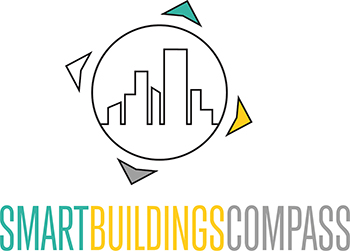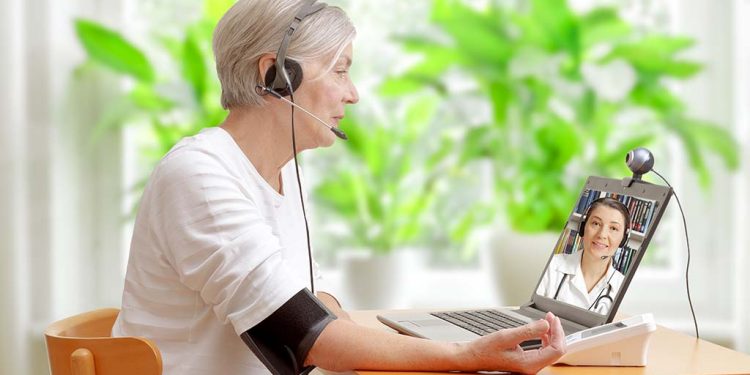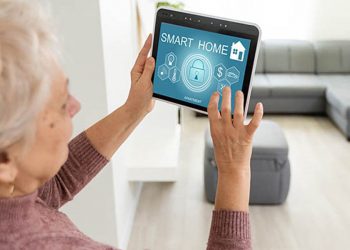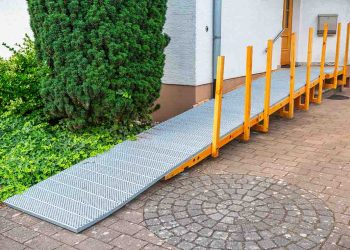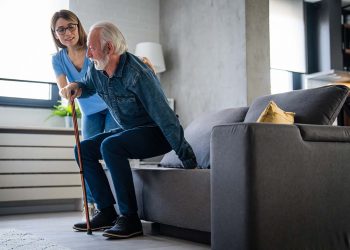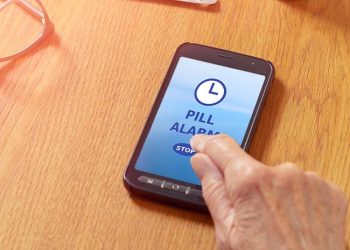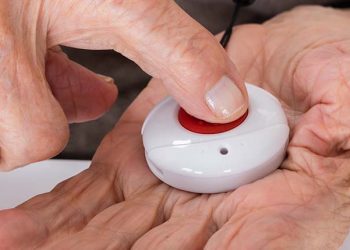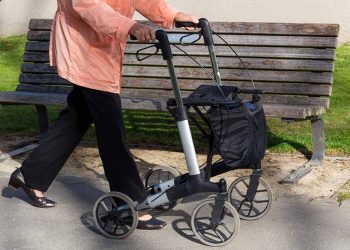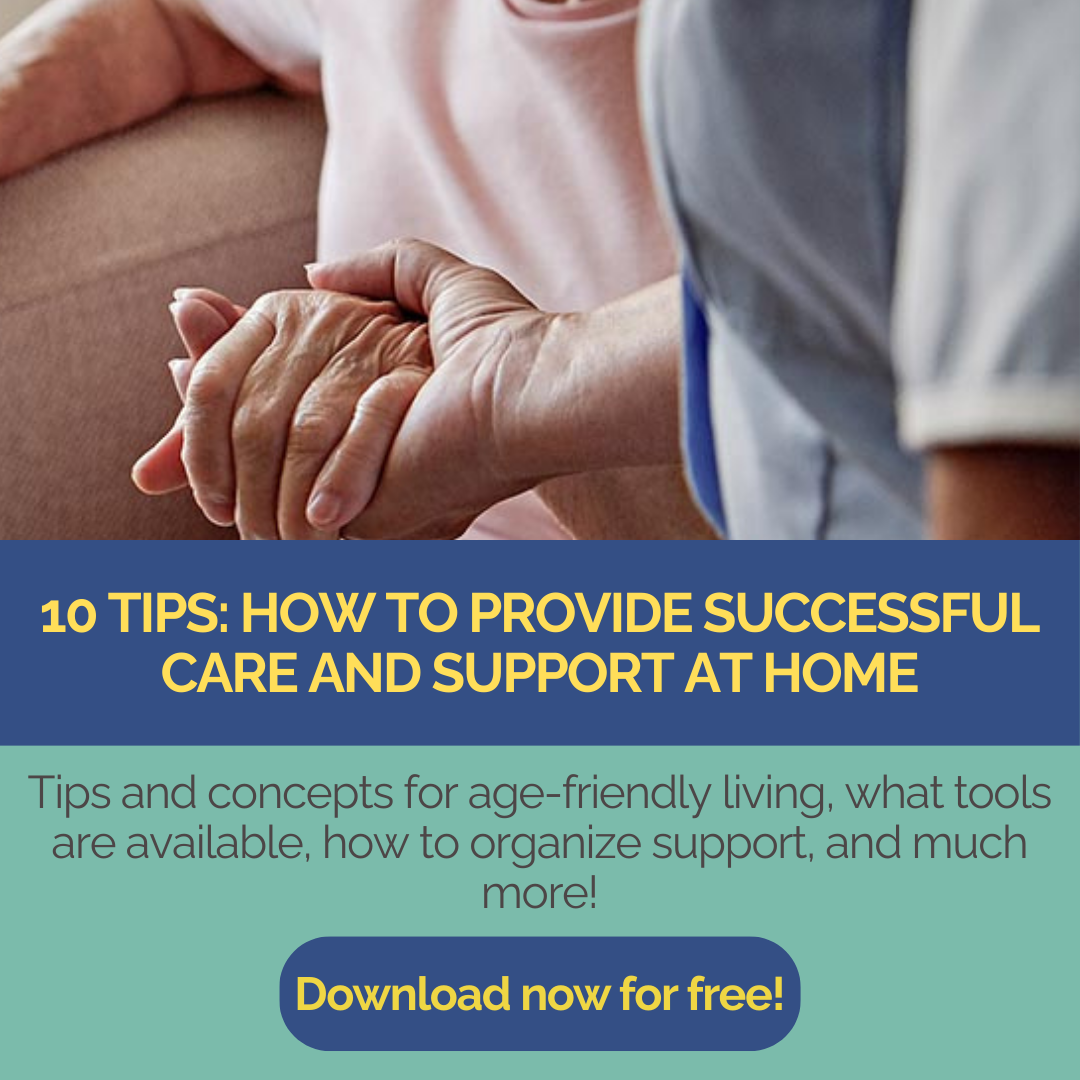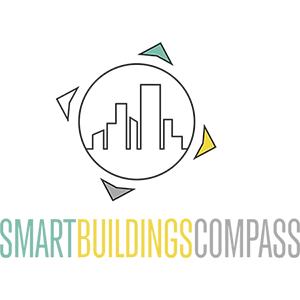Technologies that remotely monitor health values such as heart rate or blood sugar and transmit them to medical professionals.
Remote monitoring refers to the use of digital technologies to monitor people’s health and well-being from a distance. Sensors, wearables or medical devices are used to record vital signs such as heart rate, blood pressure or activity levels in real time and forward them to care staff or relatives.
Benefits for older people
Remote monitoring offers great advantages for older people:
- Early detection of health problems: By continuously recording vital data, changes in health can be detected early and treated in good time. This reduces the risk of emergencies such as heart attacks or falls.
- More safety in everyday life: sensors or emergency call systems automatically report unusual movement patterns or falls to care staff or relatives. This means that help can be provided quickly in an emergency.
- Support for chronic illnesses: People with diabetes, high blood pressure or heart problems can monitor their values regularly without having to go to the doctor all the time.
- Longer independence: Digital support allows older people to live in their familiar surroundings for longer and receive good medical care at the same time.
Remote monitoring also relieves the burden on family carers and nursing staff, as they have round-the-clock insight into the state of health of the person being cared for and can intervene in a targeted manner if necessary.
Image: Shutterstock
Author: Anja Herberth
Chefredakteurin
